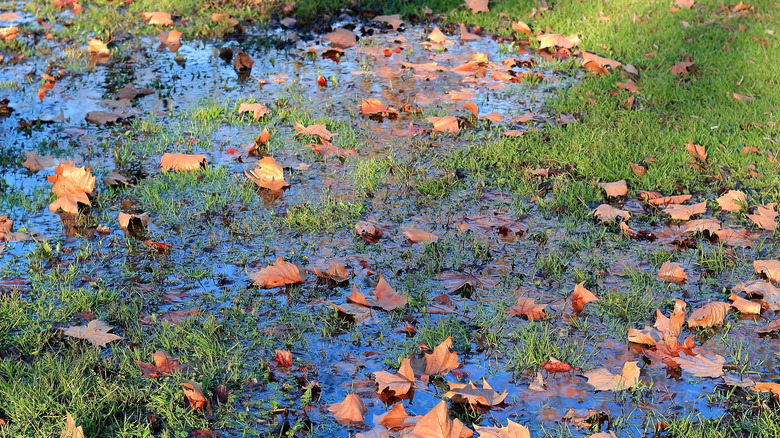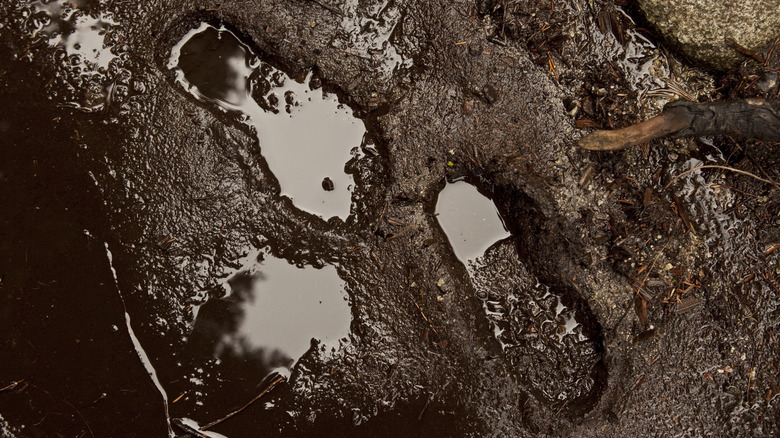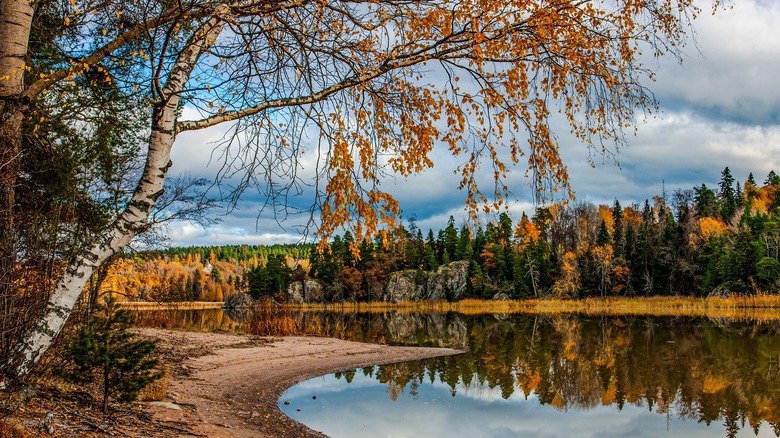How To Choose The Right Type Of Tree To Plant In Your Damp Landscape
If you're dealing with a garden that's on the moist side, thanks to natural features like low-lying areas prone to water collection or soil that loves to hold onto moisture, you can still plant trees. You'll just need to aim for trees that not only survive but actually flourish under these conditions. This task might seem straightforward, but it's a complex puzzle that requires a good grasp of both the needs of potential trees and the unique traits of your garden. Your first step in this journey is to understand what classifies as damp soil, as this will significantly influence your choice. Next, you need to choose specific types of trees that can not only survive but also thrive in wet conditions.
Selecting the appropriate tree involves considering those that are naturally adapted to these conditions. If you introduce the wrong type of tree into a damp setting it's not cut out for, you're looking at a slew of issues, from root rot and fungal infections to stunted growth. That's why zeroing in on species that naturally excel in moist environments is key. But there's more to it than just moisture tolerance. You also need to weigh factors like how tall the tree will get. This is crucial because it not only shapes how the tree will adapt to your wet garden but also its impact on the landscape, especially when it comes to soil stability and water management.
Identifying damp conditions
Understanding whether your soil is damp can significantly influence your gardening strategy. At first glance, it might seem like a minor detail, but it's best not to assume your soil is damp. If your soil consistently feels wet to the touch or if you notice standing water in your garden after rainfalls, this is a strong indicator that your soil is on the wetter side of the spectrum. Such conditions are generally too extreme for trees that aren't specifically adapted to flood-tolerant or extremely wet environments. To get a better handle on your soil's moisture level, a simple, hands-on test can be quite revealing. Grab a handful of soil and give it a gentle squeeze. If water seeps out, then you're dealing with wet soil.
Before you start planting, it's important to check the health of your soil. If your soil is too wet or in bad condition, you might still have to take proactive steps to improve its condition. You should add some organic matter to the soil to enhance its structure and increase its ability to hold air and nutrients while allowing excess water to drain more effectively. In cases where poor drainage is a persistent issue, it is advisable to install drainage systems to redirect water away from critical planting areas. This will create a more hospitable environment for a wider variety of plants and trees.
Best trees for damp soil
When choosing trees for damp soil, among the stellar performers is the river birch (Betula nigra). Originating from the eastern United States, it is renowned for its adaptability. It can grow up to 50 to 60 feet tall, showcasing a striking peeling bark that adds year-round interest. This tree thrives in both wet and moderately dry conditions, making it a versatile choice for varied landscapes. Its ability to absorb excess water helps in areas prone to dampness, offering both beauty and practicality. The silver maple (Acer saccharinum), also native to the eastern U.S., can soar to impressive heights of 100 feet. It's known for its rapid growth and broad canopy, which provide ample shade. However, it's known to be quite weak and can break easily.
The bald cypress (Taxodium distichum), a southeastern U.S. native, is a conifer that can reach up to 50 to 70 feet in height. It is distinctive for its "knees" — structures thought to help with oxygen intake and stability in swampy conditions. Its tolerance for standing water and its striking autumn foliage make it a unique addition to any damp garden. Lastly, the American hornbeam (Carpinus caroliniana), often found in the understory of eastern U.S. forests, grows to a modest 20 to 30 feet tall. This tree prefers moist, fertile soils and partial shade, making it an excellent choice for natural-looking landscapes. Its dense wood, attractive bark, and vibrant fall colors contribute both texture and color to garden designs.


